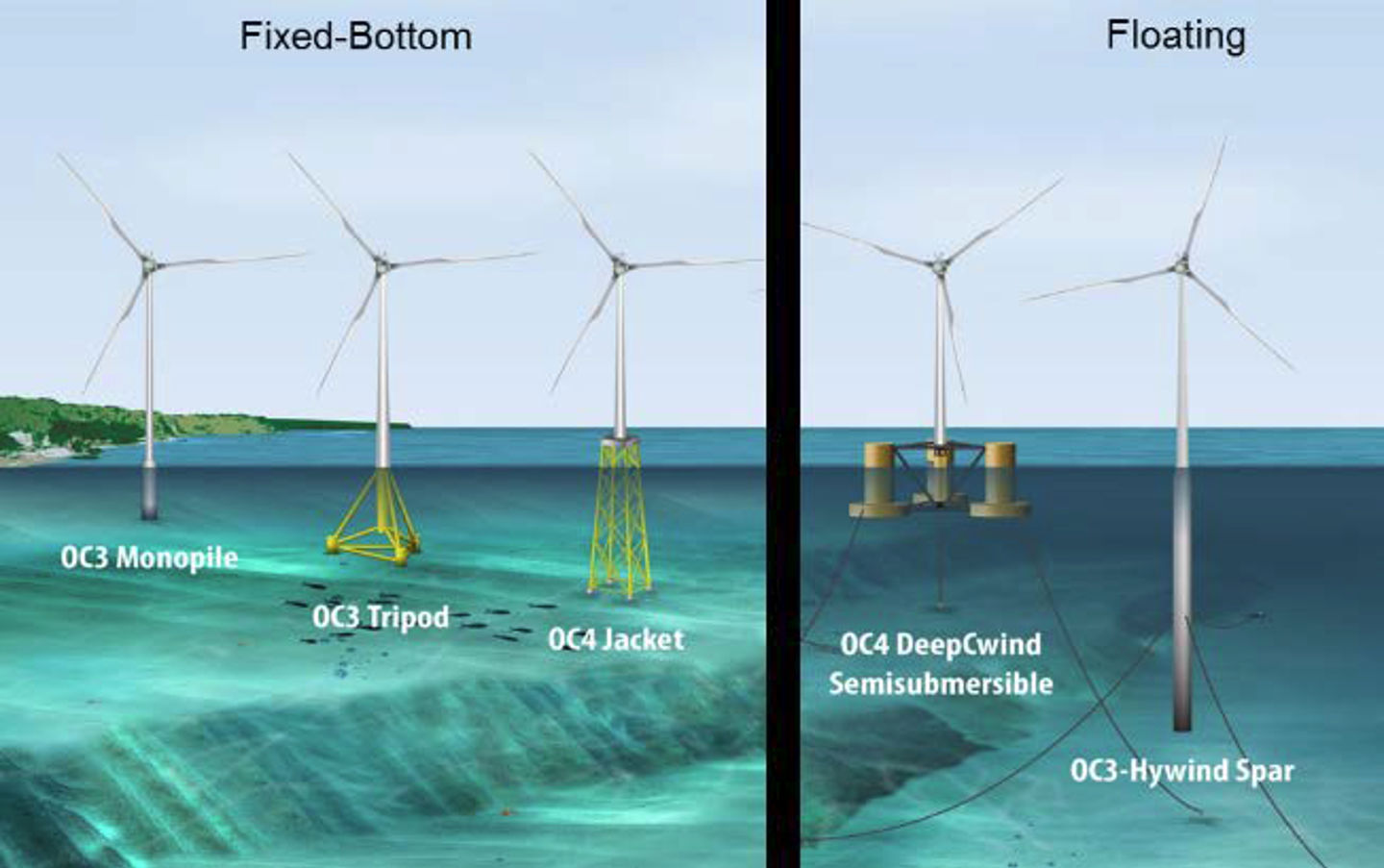OC6 is led by the National Renewable Energy Laboratory (NREL) in the USA, and it is part of the OC projects that have been successfully ongoing since 2005 under the International Energy Agency (IEA) Wind framework. The main objective is to improve the predictive capabilities of offshore wind computer modelling tools.
Participants from industry, certification bodies, research institutes and universities were invited to deliver numerical predictions that later was used in verification and validation. One of the goals of the current OC6 project is to incorporate advanced soil-structure interaction models for representing the foundation behaviour.
To this end, the project participants have been asked to implement the foundation models developed in the REDWIN 2 project in their modelling tools and run verification cases. NGI led the development of the REDWIN models, and is assisting NREL and the project participants with its implementation in their modelling tools.

The participants currently implementing the REDWIN model include:
- NREL
- 4Subsea
- Orcina
- Bureau Veritas
- Simis
- NTNU
- DNV GL
- Tecnalia
- University of Cantabria
- Vulcain
- DUT
- EDF.
The OC6 project is divided in 4 work packages (WP). NGI is contributing in WP 2.
- WP 1. Validation of nonlinear hydrodynamic loading on floating offshore wind support structures originating from the interaction of wave components, structure motion, and flow through a multi-body structure.
- WP 2. Incorporation and verification of advanced soil/structure interaction models for representing the pile/foundation interaction (see description under "Sub-projects" in the menue bar above).
- WP 3. Validation of aerodynamic loading on a wind turbine undergoing large motion caused by a floating support structure.
- WP 4. Validation of the methodology for combining potential flow and viscous hydrodynamic load models for floating offshore wind support structures.



